What should I do with this pothos root?
Jessica Kessler
last year
Featured Answer
Sort by:Oldest
Comments (7)
Related Professionals
Glassmanor Landscape Architects & Landscape Designers · Lakewood Landscape Architects & Landscape Designers · Bethlehem Landscape Contractors · Billerica Landscape Contractors · Concord Landscape Contractors · Battle Ground Landscape Contractors · Beachwood Landscape Contractors · Cincinnati Landscape Contractors · Fishers Landscape Contractors · Fort Atkinson Landscape Contractors · Galt Landscape Contractors · Gurnee Landscape Contractors · Mission Bend Landscape Contractors · Shaker Heights Landscape Contractors · South Lake Tahoe Landscape ContractorsJessica Kessler
last yearJessica Kessler
last yearTiffany, purpleinopp Z8b Opp, AL
last year
Related Stories

PORCH OF THE WEEKPorch of the Week: Bringing a House Back to Its Midcentury Roots
A designer transforms a North Carolina home with a screened porch addition, a butterfly roof and a unified exterior
Full Story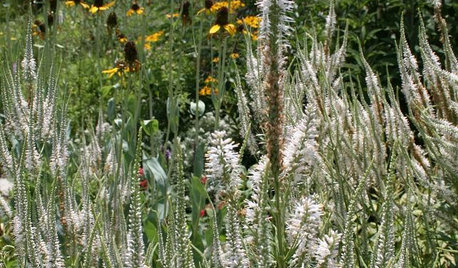
CENTRAL PLAINS GARDENINGGreat Design Plant: Culver's Root
Spiky summer blooms beloved by butterflies and architectural interest in winter make this Midwest native plant worth featuring in the garden
Full Story
KIDS’ SPACESAn Enchanted Woodlands Playroom Roots for Imagination
Beguiling and creative, this storybook playspace in a Brooklyn brownstone is right out of a child's dream
Full Story
ARCHITECTURERoots of Style: Prairie Architecture Ushers In Modern Design
Twentieth-century Midwestern architects gave us broad-shouldered homes inspired by the landscape and modern times
Full Story
MODERN HOMESHouzz Tour: A Modern Home Rooted in Its Place
It's partially buried in the earth, but with a cantilevered roof and strong colors, this Ottawa home is anything but shy
Full Story
FURNITUREWood Furniture Has Root Cause
Sustainability is just the beginning with Robin Wade's lovingly made 'rustic modern' wood furnishings
Full Story
MODERN ARCHITECTURERoots of Style: International Style Celebrates Pure Form
Using technology and materials of the time, International style is always current. See its expression in these 16 homes around the world
Full Story
ARCHITECTURERoots of Style: The Segmental Vault Home
Distinctive and proud, these houses may be more common than you might first realize
Full Story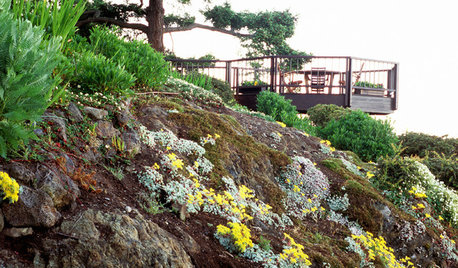
GARDENING GUIDESDesign a Garden by Looking at Its Roots
A sustainable, low-maintenance garden begins underground
Full Story
ROOTS OF STYLERoots of Style: The Birth of Modern Architecture
Learn how Prairie, Craftsman, art deco and other styles of the early 20th century came to influence architecture today
Full Story






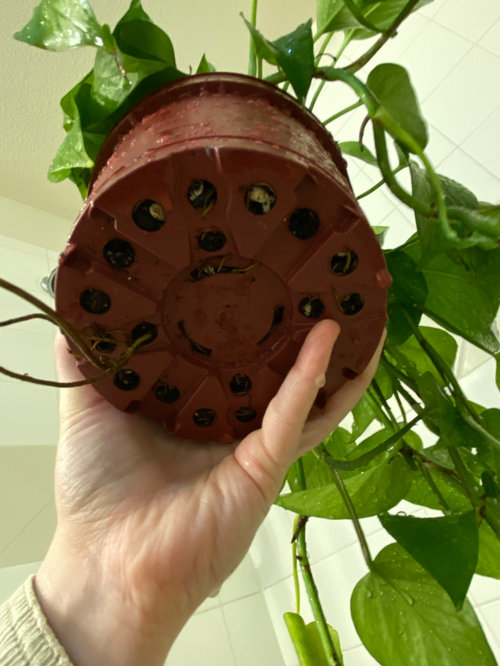
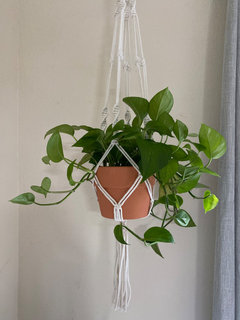

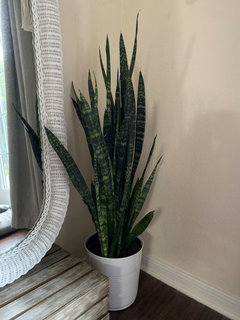
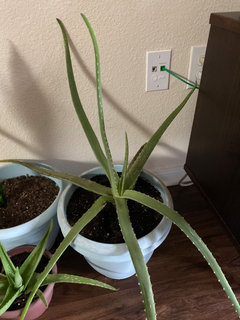
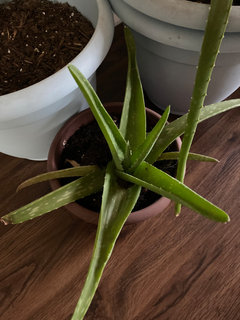
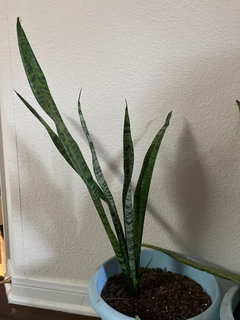




Tiffany, purpleinopp Z8b Opp, AL